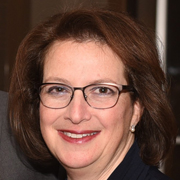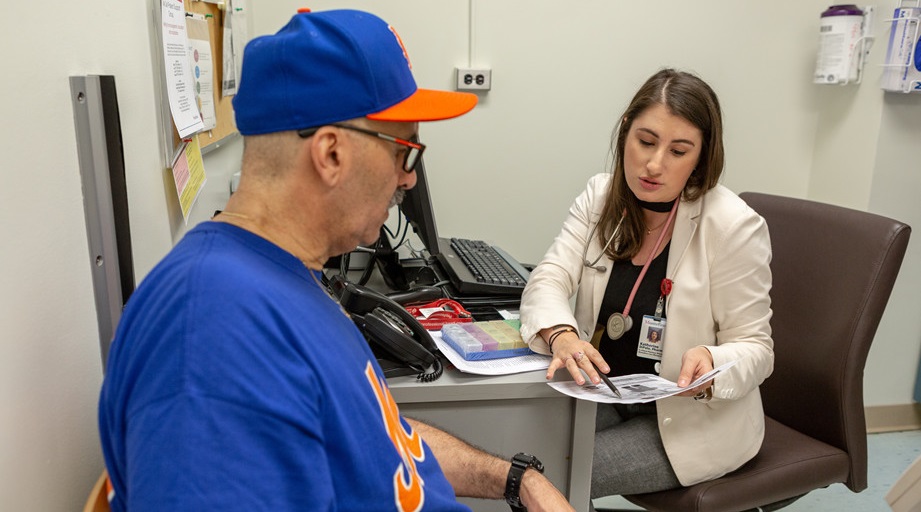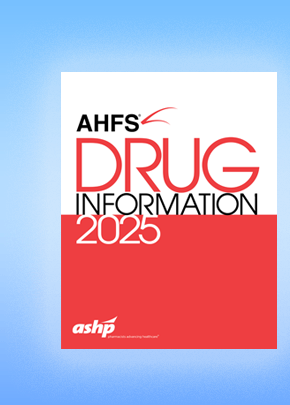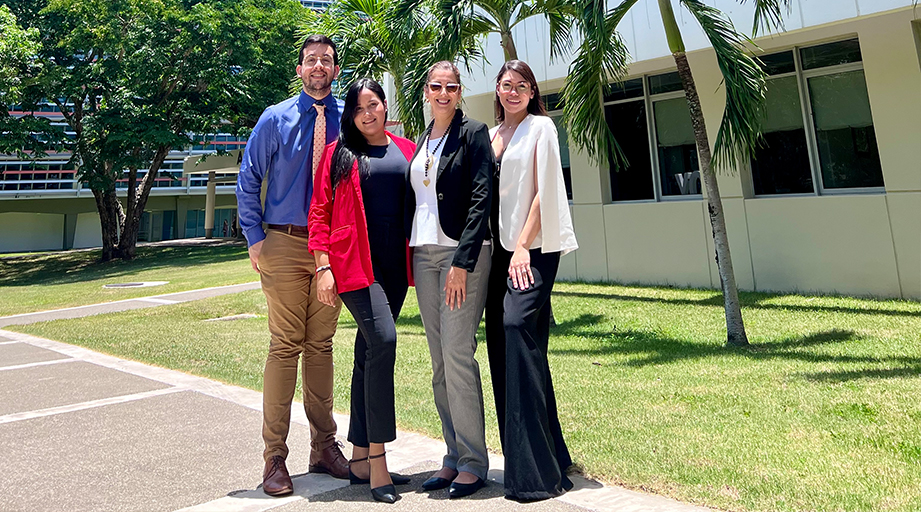
As a pharmacy leader active in ASHP and its Oregon affiliate, Alfred "Junior" Lyman Jr. was familiar with ASHP's Practice Advancement Initiative (PAI) 2030, a nationally recognized set of recommendations to promote optimal, safe, and effective medication use; expand pharmacist and technician roles; and implement the latest technologies.

But Lyman, executive director of regional pharmacy services for Kaiser Permanente’s Northwest Region in Portland, wasn’t sure how his own pharmacy team’s practice aligned with the recommendations. So he completed the PAI 2030 Self-Assessment Tool on his own — and quickly realized it should be a group effort.
Lyman shared the tool and its questions with all frontline leaders and directors in the health system’s various areas of pharmacy practice, including outpatient and inpatient pharmacy, home infusion, oncology, and more. During a 2022 video call meeting, they completed the assessment together.
“We’re a large department of over 800 people, and I’ve got multiple service lines,” Lyman said. “I don’t know all the details and the ins and outs [related to] some of the questions. I felt like some of our directors that were closer to this work have better insight into where we truly had gaps versus where we were already meeting the standard or criteria suggested by the tool.”
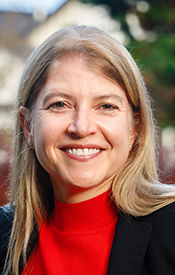
A big believer in strategic planning, Lyman said he always thinks three years out, and completing the survey as a group helped confirm which action items should remain in the strategic plan and what other areas should be added.
The process also helped service line leaders better understand the department as a whole, said Sunshine Sommers, clinical pharmacy director for the health system.
“It was a good exercise to learn how we’re complementary of one another and how we could better work together to achieve various goals and align with the strategies,” said Sommers, an ASHP member.
Illuminating results
The group’s assessment confirmed for Lyman that the department excelled at providing patient-centered care and using data science. For well over 25 years, the health system has had integrated ambulatory care clinical pharmacy services, he said, and provides care across the spectrum from primary and specialty care to transitions of care and inpatient pharmacy. Unsurprisingly, that was an area of strength.
The self-assessment tool also helped the group home in on areas to improve. One was training, particularly for technicians. While meeting as a group, Lyman and colleagues discovered that while they all offered training for technicians, they did so differently and had varying levels of expectations.
“That really helped inform our strategy moving forward, about how we need to look at training across the department holistically and learn from our different service lines where we have pockets of best practices,” Lyman said.
From awareness to action
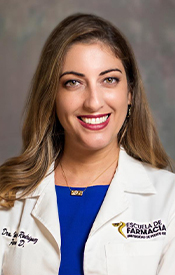
Lyman created a training committee focused on department-wide training for technicians and pharmacists. They began to roll out standardized education for pharmacy staff, like service training, that could potentially be expanded to other Kaiser Permanente regions. His organization now requires clinical pharmacists to complete American College of Clinical Pharmacy competency assessments and also become board-certified. Kaiser covers the expenses associated with the process.
Last year, the team launched a pharmacy technician training program, partnering with an outside vendor to offer online didactic courses for pharmacy clerks looking to move into a technician role and giving them dedicated time on the job to complete the program.
This way, Lyman explained, Kaiser can provide both the didactic and experiential portions of technician training in-house, and candidates can sit for the national exam to become certified pharmacy technicians. Two employees completed the program, and a third is now in the process of finishing.
Lyman said all managers have access to the online program and can offer employees customized training. If an outpatient pharmacy technician wanted to practice in, say, home infusion, the manager could suggest they complete specific modules in the program related to sterile and nonsterile compounding.
Following up
The group met a second time to complete the self-assessment tool together about a year and a half after their first effort. Lyman says they’ll probably do so again sometime in 2025.
“It’s definitely easy to use,” he said of the tool, noting they finished in just under an hour and revised their strategic plan in a second meeting lasting another hour.
“It is a process I would recommend,” Lyman said. “When you have multiple service lines within your pharmacy department, and especially if you’re a multi-hospital health system, bringing the leaders from those different areas together really does give you a more robust view and a more accurate picture of where you’re at as a department, so you can look at where your gaps are and where your strengths are. It also helps with cross-pollination across service lines to help [individuals] to better understand who they can contact for more information about a particular area.”
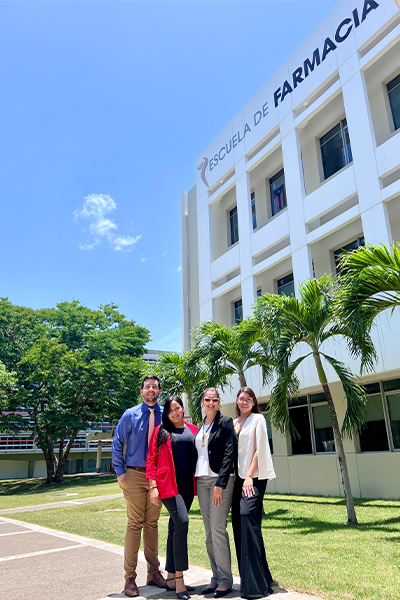
Puerto Rico’s self-assessment journey
Lyman’s group isn’t the only one to benefit from the self-assessment tool. A 2024 AJHP study of hospitals in Puerto Rico using the tool also highlighted their progress toward PAI 2030 goals.
Idaliz Rodriguez-Escudero, assistant professor at the University of Puerto Rico School of Pharmacy in San Juan, noted that only one hospital—the Hospital of the University of Puerto Rico—had completed the self-assessment as of August 2022.
Rodriguez-Escudero, a member of ASHP’s Puerto Rico state affiliate, was one of several people interested in seeing how their local hospitals were doing. Some of her pharmacy students embarked on a campaign to promote the use of the tool across Puerto Rico’s 66 hospitals. They called and emailed pharmacy departments to alert them of the tool and asked them to complete it. Before the outreach, Rodriguez-Escudero said, “They were totally unaware that it existed.”
By March 2023, an additional 18 hospitals completed the survey. One area of strength noted was the employment of pharmacy technicians in advanced roles such as management of automated dispensing cabinets and hazardous drug management.
However, the hospitals, as a group, could use pharmacists more in tasks like transitions of care, patient education, and clinical decision-making to achieve the goals of PAI 2030, investigators found, and should foster the professional development of pharmacists through residency training and board certification.
Rodriguez-Escudero said the tool is “very comprehensive” and gathers all of the aspects pharmacists need to advance their practice and compare themselves to other institutions to see where they stand.
“We should all be using the tool regularly so that we can [show] evidence [of] progress and…precisely identify areas for improvement and have data for that,” she said. “Otherwise, we’re just shooting randomly without any kind of data.”
Although the tool does take some time to fill out, it doesn’t have to be done in one sitting, she added. “You can save your results and then return to it, which is quite convenient.”

